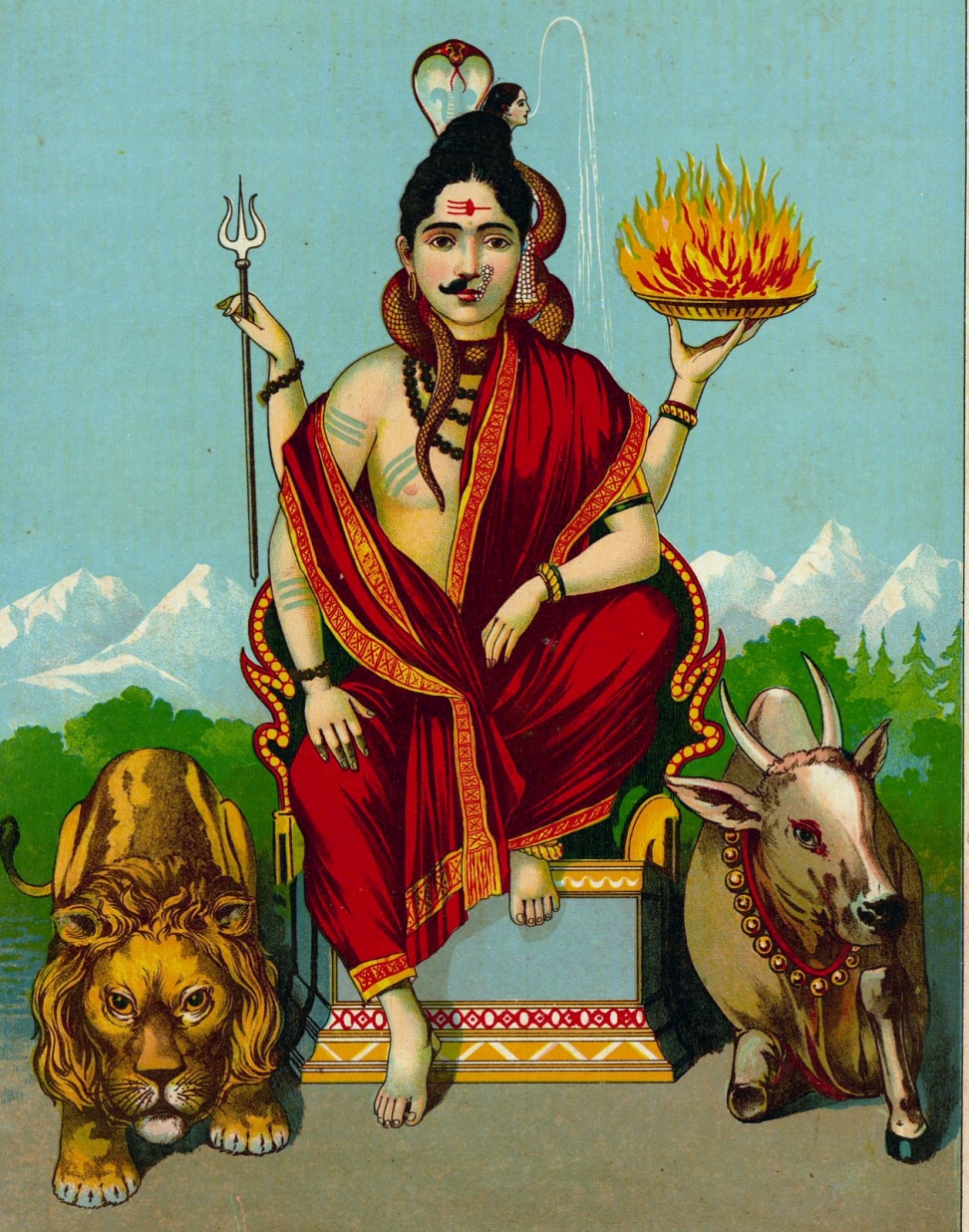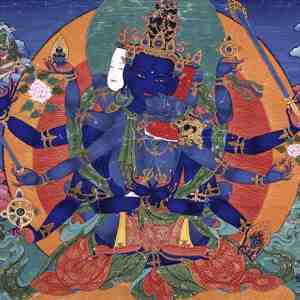
June is Pride Month: a time to recognize and celebrate the LGBTQ community. In the United States, debates over “bathroom bills,” or legislation aimed at preventing transgender people from using the restroom corresponding to their gender identity, have erupted on a national scale. In the midst of this debate and at the heels of major advancements for LGBTQ people over the past decade, many Americans are re-examining their perceptions and recognizing that gender, like sexuality and many other facets of life, is not as black-and-white as it was once thought to be.
Gender Depictions in Himalayan Art
Many cultures have distinct ideas about gender. For example, Himalayan peoples have historically depicted their deities, ideal beings, as neither male nor female. Indian expressions also depicted gods as fleshy and lacking muscle tone, distinctly different from the strapping depictions of gods in western art. Art historians have often interpreted these fleshy bodies as being made purposefully androgynous to suggest an ultimate state of enlightenment that is beyond the binaries of gender. The fleshy body also suggests a body filled with prana or life force that is often equated to the breath. Several objects in the Rubin Museum collection, presented below, illustrate these ideas.
Avalokiteshvara/Guanyin

In both Tibet and Nepal, the bodhisattva Avalokiteshvara has always been presented as male. When Buddhism spread to China, the name Avalokiteshvara was translated from its Sanskrit origins into the Chinese name, Guanyin. Around the 12th century in China, Guanyin began to be presented as a woman instead of a man. Some have suggested this shift from male to female relates to passages from the Lotus Sutra, which describes Avalokiteshvara’s ability to take any form in order to help beings out of his/her infinite compassion. Eventually, Guanyin became known as a patron of mothers and sailors in China, with most temples depicting the deity as a woman and some still presenting him/her as a man.
Ardhanarishvara (Shiva and Parvati)

For many Hindus, Shiva and Parvati represent the ultimate divine couple. The sculpture above depicts Shiva sitting with Parvati, the two appearing to melt into one another. One particular form of Shiva and Parvati is known as Ardhanarishvara (lord that is half woman), in which both traditional genders are merged to form a new being that is neither and both.

A sculpture of Shiva and Parvati is on display in the current exhibition, Genesis P-Orridge: Try to Altar Everything. Contemporary artist Genesis Breyer P-Orridge and h/er late partner Lady Jaye modeled themselves after the unity of the divine couple by seeking an identity beyond a gender binary. During the process of the “Pandrogyne Project,” Genesis and Lady Jaye attempted to transcend gender by becoming as similar as possible in looks and behavior, undergoing numerous plastic surgeries to create two halves of one being. Next to the sculpture of Shiva and Parvati is a carpet made in Nepal depicting Genesis and Lady Jaye in the form of Ardhanarishvara, linking their inspiration to this ancient ideal, and much of the art in the exhibition also addresses themes related to pandrogeny.
These examples offer a glimpse at the approaches to gender and identity in traditional Himalayan cultures and how they differ from popular approaches in western culture; however, there is still much more to discuss and discover.
Add Your Thoughts
Comments are moderated, and will not appear on this site until the Rubin has approved them.



